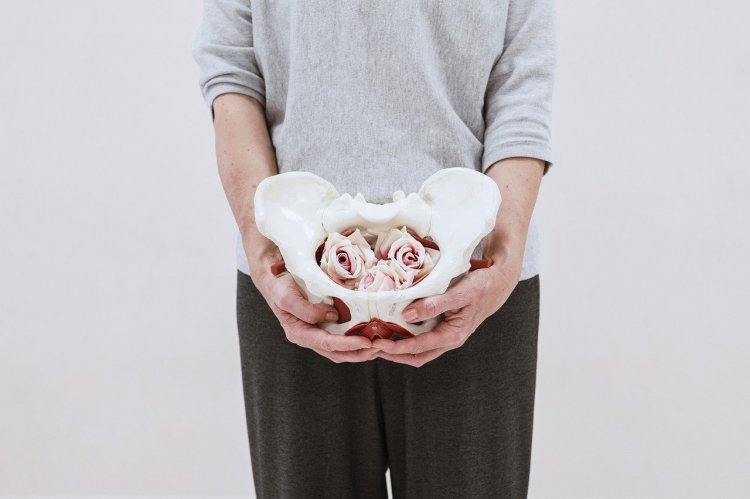Pelvic Fractures: The Road to Recovery and Beyond
A pelvic fracture occurs when one or more bones in the lower abdomen area sustain a fracture. This includes the hip bones, sacrum, and coccyx. Pelvic fractures typically result from high-impact traumas such as car accidents or falls from significant heights. These fractures can vary widely in severity, from minor cracks to severe displacements, often accompanying other life-threatening injuries.

What is a Pelvic Fracture?
The pelvis is a complex structure comprising several bones forming a butterfly-shaped basin at the base of the spine. A pelvic fracture involves a break in any of these bones, ranging from small cracks to significant displacements. The severity of the fracture depends on factors such as the force of impact and the condition of the bones.
Types of Pelvic Fractures
Pelvic fractures are broadly categorized as stable or unstable:
Stable fractures:
These involve a single break where the bone ends remain aligned. They often occur due to low-impact injuries and are more common in individuals with weakened bones, such as older adults. Examples include closed fractures, where the skin remains intact, and stress fractures, which involve hairline cracks in the bone.
Unstable fractures:
These involve two or more breaks where the bone ends do not align. They typically result from high-impact injuries such as car accidents or falls from significant heights. Examples include open fractures, where the bone pierces through the skin, and displaced fractures, where the bone fragments are out of alignment.
Common Patterns
Pelvic fractures can be further classified based on the direction of the initial impact:
- Anterior to posterior compression injury: The fracture extends from front to back due to compression forces.
- Lateral compression injury: The fracture extends from one side of the body to the other due to lateral forces.
- Vertical shear injury: The fracture occurs vertically, pushing part of the bone upward toward the head.
Causes of Pelvic Fractures
Pelvic fractures are typically the result of high-impact traumatic events, including car accidents, motorcycle accidents, or falls from significant heights. Individuals with conditions such as osteoporosis, which weaken the bones, are at increased risk of sustaining pelvic fractures even from minor trauma. Avulsion fractures, where a tendon or ligament pulls off a fragment of bone, can also occur, particularly in athletes.
Symptoms of a Pelvic Fracture
The primary symptom of a pelvic fracture is pain, particularly in the pelvic or lower back region, exacerbated by movement or weight-bearing. Swelling, bruising, and tenderness may also be present. In severe cases, bleeding from the vagina, penis, or rectum may occur, indicating a medical emergency.
Diagnosis
Diagnosis of a pelvic fracture involves a thorough physical examination, imaging tests such as X-rays and CT scans to visualize the fracture and assess for internal bleeding, and additional procedures such as retrograde urethrography to evaluate urethral damage.
Treatment
Treatment of a pelvic fracture depends on its stability:
Stable fractures:
These typically heal without surgery and may require pain management and mobility aids such as crutches or a walker.
Unstable fractures:
These often require surgical intervention to realign the bones using screws, plates, or external fixation devices. Bed rest, immobilization, and pain management are essential during the recovery period.
Recovery
Recovery from a pelvic fracture can be prolonged and may require several months. Physical therapy is often recommended to restore mobility, strength, and function. Long-term complications such as chronic pain or disability may occur, necessitating ongoing medical management and rehabilitation.
In conclusion, pelvic fractures are serious injuries that require prompt medical attention and comprehensive treatment to facilitate healing and minimize long-term complications. Understanding the causes, symptoms, diagnosis, treatment options, and recovery process is crucial for optimal outcomes and improved quality of life for individuals affected by pelvic fractures.
#PelvicFracture #StableFractures #UnstableFractures #AnteriorToPosteriorCompressionInjury #LateralCompressionInjury #VerticalShearInjury #CausesOfPelvicFractures #SymptomsOfPelvicFracture #DiagnosisOfPelvicFracture #TreatmentOfPelvicFracture #RecoveryFromPelvicFracture #MedicalAttention #OptimalOutcomes
Disclaimer:
The information provided in this article is for educational purposes only and should not be considered medical advice. If you have any health concerns or are experiencing symptoms, it is important to consult with a healthcare professional, such as a doctor or clinic, for proper diagnosis and treatment. Always seek the advice of your doctor or other qualified health provider with any questions you may have regarding a medical condition. Do not disregard professional medical advice or delay in seeking it because of something you have read in this article.
What's Your Reaction?





















